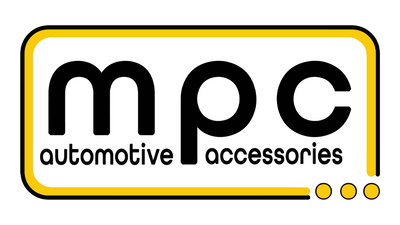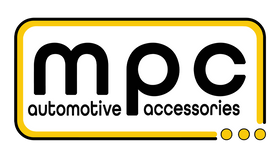On the Right Track: A Guide To Train Horns For Trucks & Cars
There are several types of train horns for cars and trucks. Let's discuss their history, installation, legal issues, benefits, and upkeep. People are making more improvements to their cars now that train horns have gained popularity. Some individuals install them there for fun, to make things safer, or for practical purposes.
History Of Train Horns
Train horns have a long and fascinating history, dating back to the earliest engines. The horns were installed to warn people and animals when a train was approaching. This ensured their safety. Train horns evolved in both function and appearance. Different varieties were developed for various uses.Types Of Train Horns
There are several varieties of train horns for trucks and cars, each with its advantages.Air Horns
These horns employ pressurized air to produce a loud sound like a train horn. They typically require additional space and a separate air source to function.
Electric Horns
Electric horns have a mouthpiece that moves with electricity. Smaller air horns are easier to install in cars since they occupy less space.
Electronic Horns
These horns produce sound via battery packs. They frequently replace the horns that come with the car. They may make a variety of noises, including train horns.
Installation Process
Putting a train horn on a truck or car requires careful planning to ensure safety and proper operation. To install a train horn, do the following:Choose A Location & Prepare The Vehicle
Find a suitable location for the train horn. It should be easily accessible and located near moving parts or heat sources.
To avoid an electric shock, remove the battery from the car and remove any mounts or horns that might interfere with the fitment.
Mount The Horn & Install The Air Compressor
The mounting brackets and tools included with the horn kit allow you to safely install the train horn where you want it. Fix the horn so that air may get through, but sounds cannot.
If you plan to utilize an air horn, keep the air generator in a safe location, such as the engine compartment or trunk. Plugs and airlines are utilized to connect the compressor and the horn.
Connect The Wiring & Test The Horn
Connect the wiring cable to the horn and the vehicle's power source for mechanical and electric horns. To wire it correctly, follow the manufacturer's instructions. After installing the horn, connect the battery to the car again and test it to ensure it works properly.
Look over the mounts and linkages again to ensure security. Then, check the horn to ensure that it is working properly.
Legal Considerations
Before installing a train horn, be sure you understand and respect the rules governing vehicle horns in your area. Although train horns are designed to be loud, they may occasionally be louder than permitted car horns. Inquire with your local transportation or the Department of Motor Vehicles about the rules regarding horns and the maximum volume allowed.
Benefits Of Train Horns
A train horn for cars and trucks has various functions besides generating a great noise. One advantage is that they can alert people to potential dangers.The clear, powerful sound of a train horn can alert another driver or pedestrian to potential threats, which can help avoid accidents. Some regions may be unable to hear ordinary car horns, but train horns can be used to communicate.
Maintenance & Care
Check the horn periodically for damage, such as cracks in the case or loose hardware. Clean the horn frequently to remove dust, debris, and other impurities that may prevent it from functioning properly.
For air horns, inspect the air compressor and air lines for damage or leakage. Quickly replace any broken or worn-out parts. When inspecting electric or electronic horns, ensure no lines or connections are broken.
The End Note
A train horn for trucks and cars is a visually appealing accessory that can make your vehicle safer. This guide has provided you with knowledge about their history, the various types, how to install them, legal issues, and how to preserve them in excellent condition.Are you looking for train horns for your car or truck? If yes, then you should communicate with MyPushcart. Browse our website to purchase various train horns for your vehicles anytime.
More from
>
train horn for car
train horn for truck
train horns


